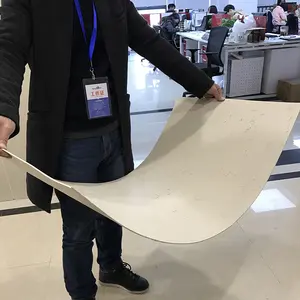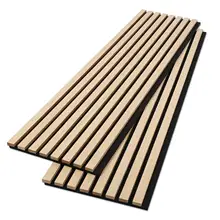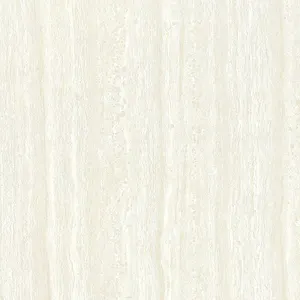Travertine flooring is celebrated for its unique blend of beauty and practicality, offering a range of benefits for surface applications. Its resistance to moisture and water stands out, making it an ideal choice for areas prone to dampness, where it helps to inhibit the growth of mold and mildew. The aesthetic appeal of travertine is timeless, with a classic look that can trace its roots back to ancient civilizations, providing a distinct and sophisticated appearance to any space.
The ease of customization is another advantage, as travertine can be easily cut and shaped to fit various layouts, including those with irregular dimensions. This stone is available in a spectrum of colors and finishes, allowing for a high degree of personalization in design. From polished to tumbled finishes, each offers a unique texture and look.
Durability is a hallmark of travertine, with a robustness comparable to marble, and it adapts well to temperature fluctuations, making it suitable for both indoor and outdoor environments. Its versatility extends beyond flooring, as it can also be used for countertops, wall facades, and sink basins, enabling a cohesive design aesthetic throughout different elements of a space.
Maintenance of travertine is straightforward when using the right products, with simple cleaning routines sufficing to maintain its elegance. Lastly, travertine presents a cost-effective option for those seeking the luxury of natural stone without the expense of materials like granite or marble, offering a balance of affordability and upscale appeal.














































 浙公网安备 33010002000092号
浙公网安备 33010002000092号 浙B2-20120091-4
浙B2-20120091-4